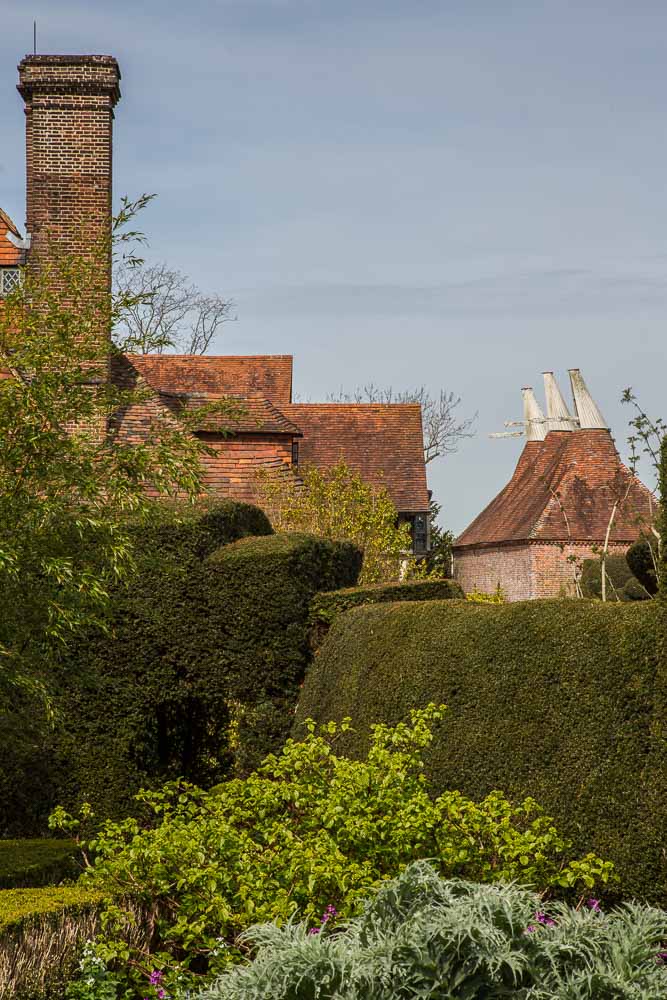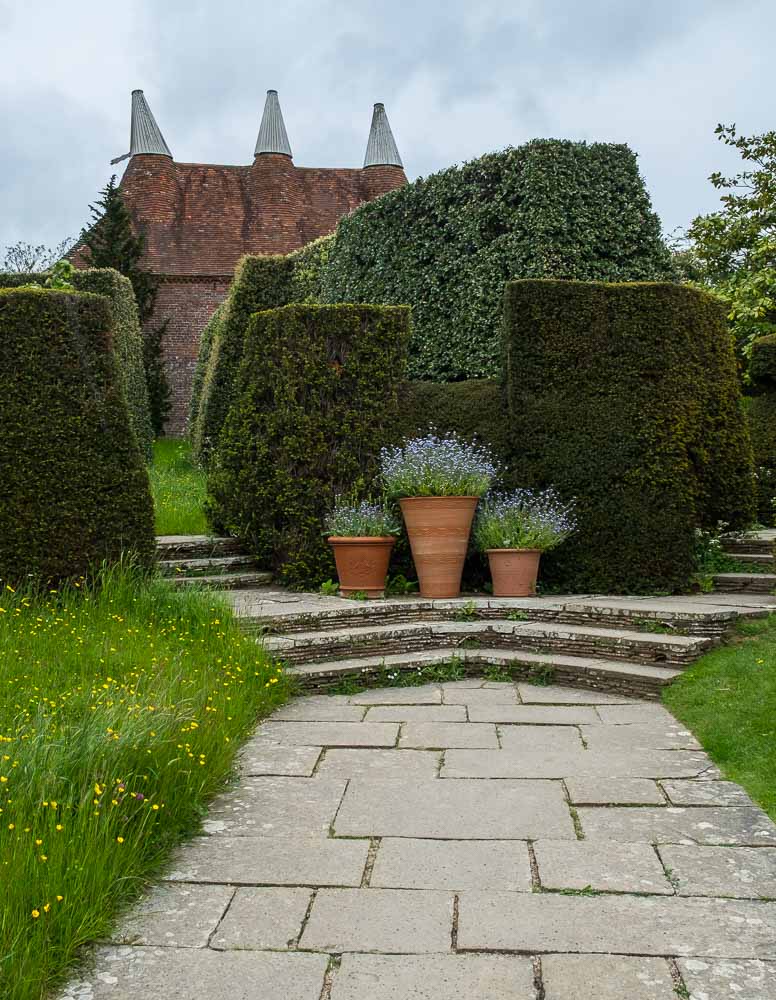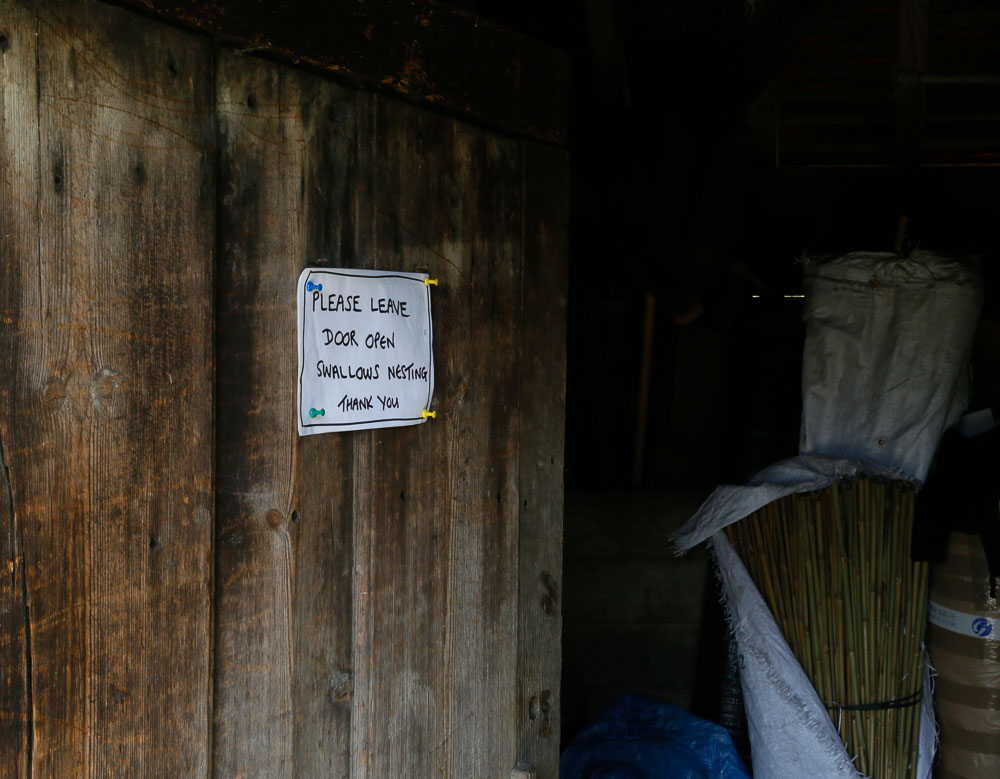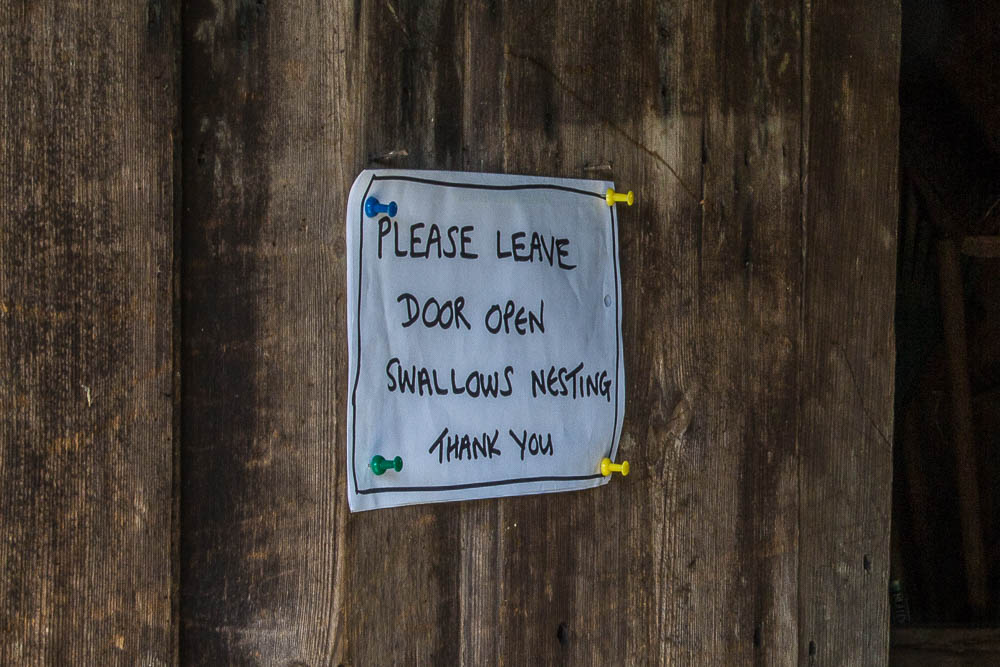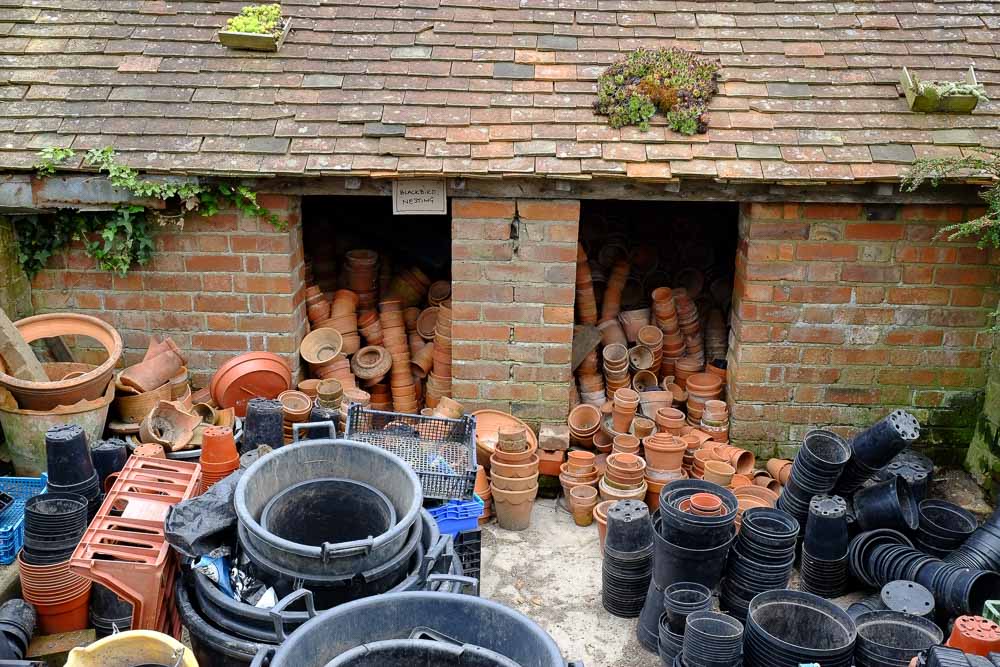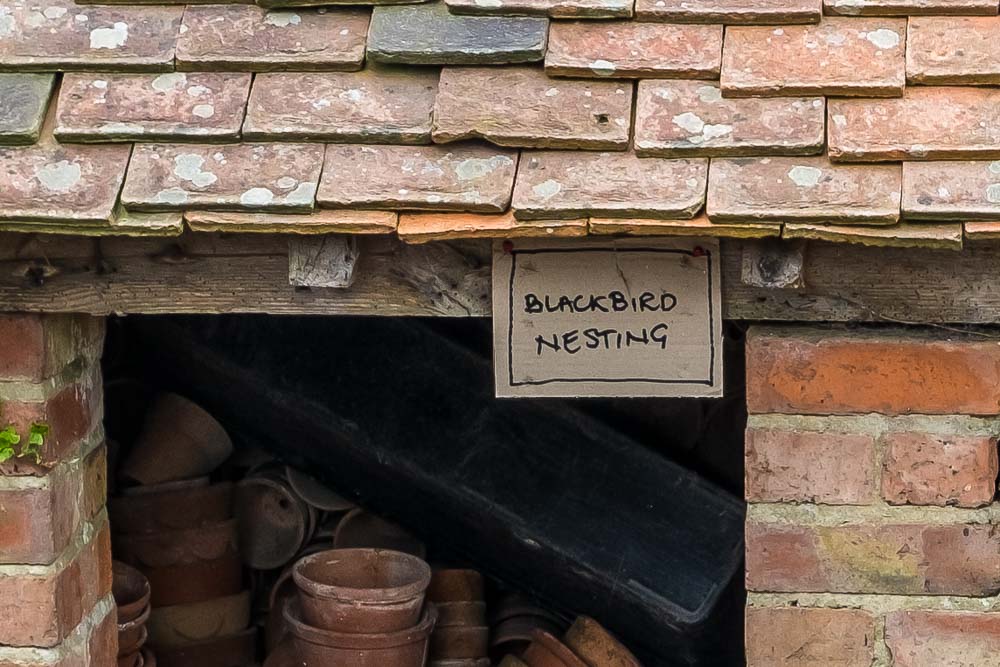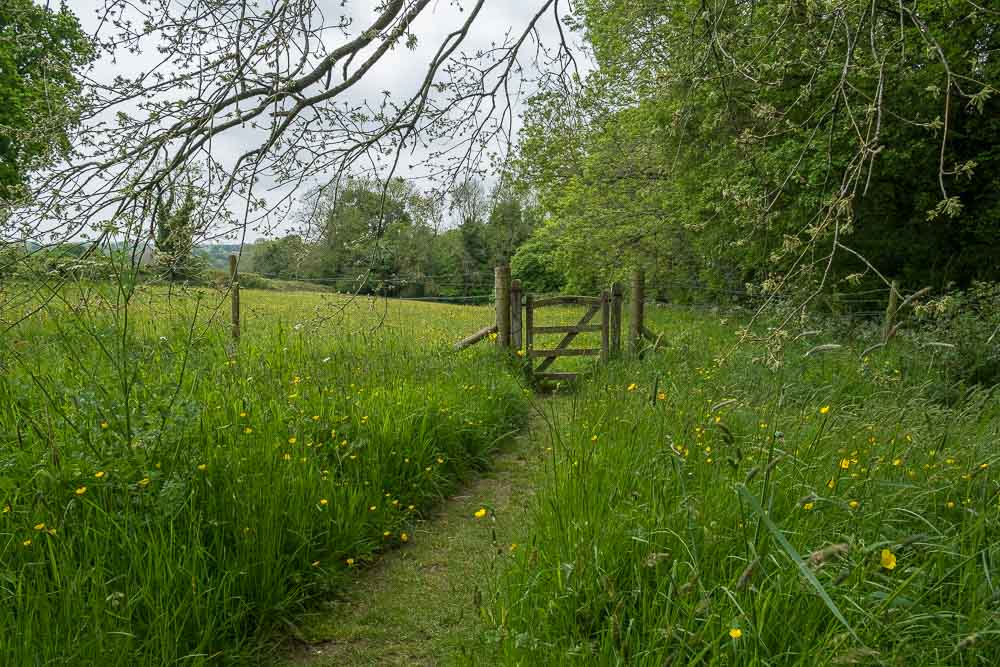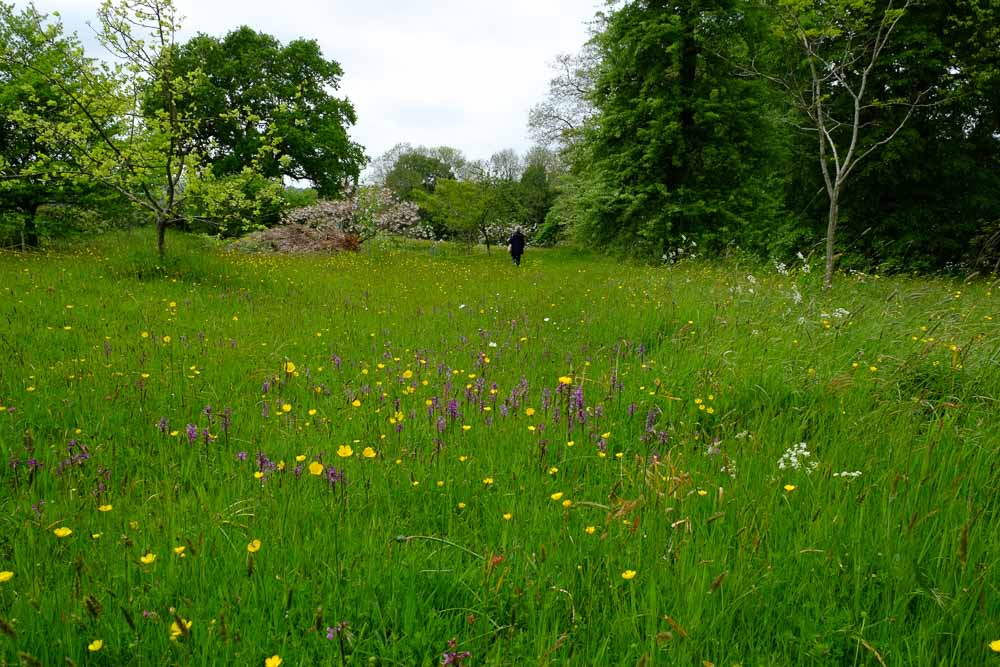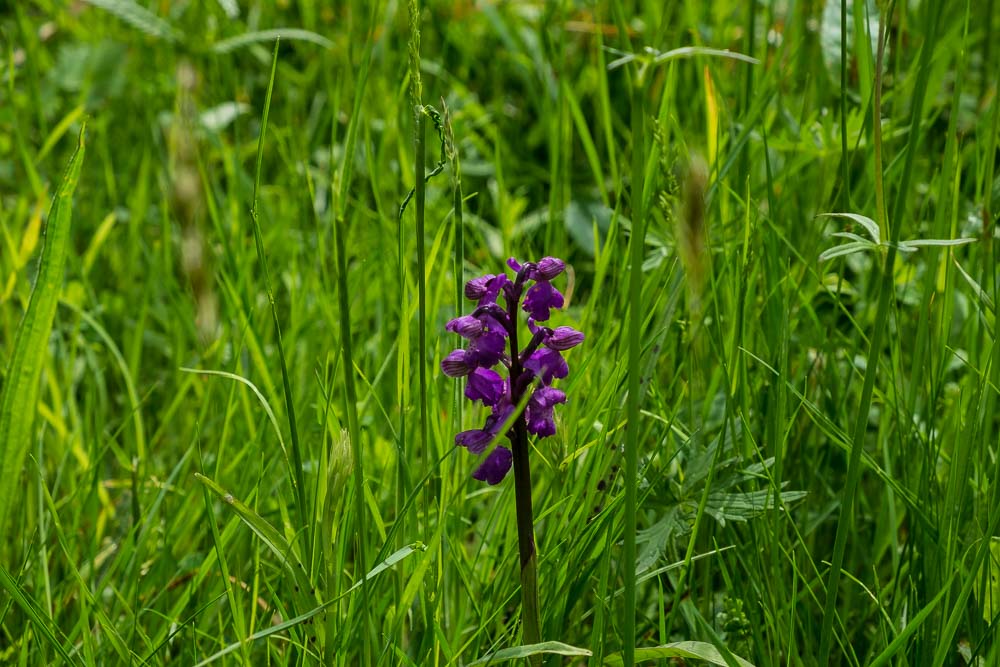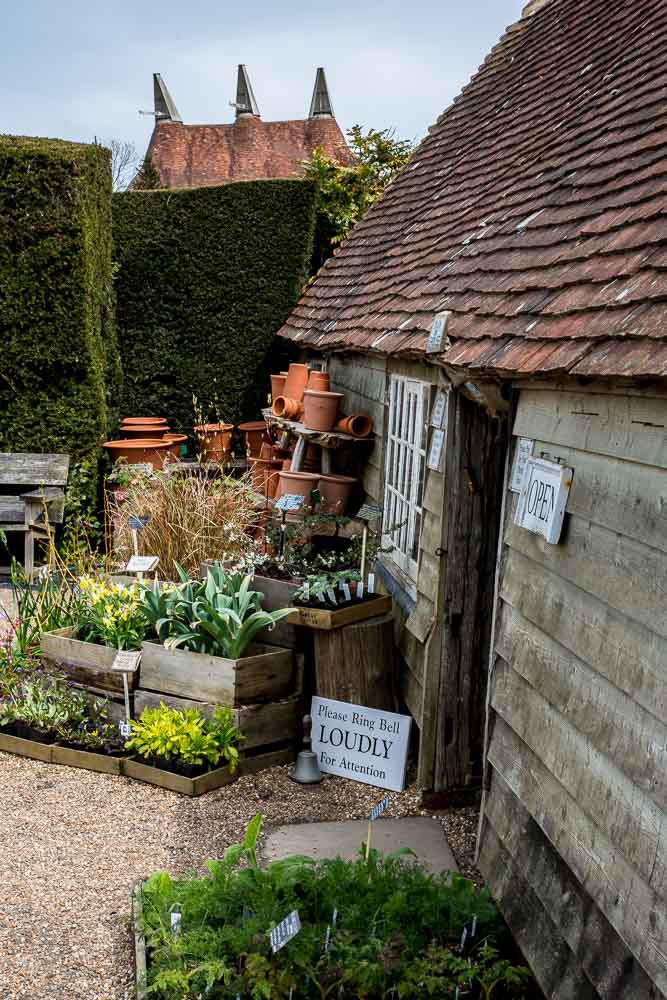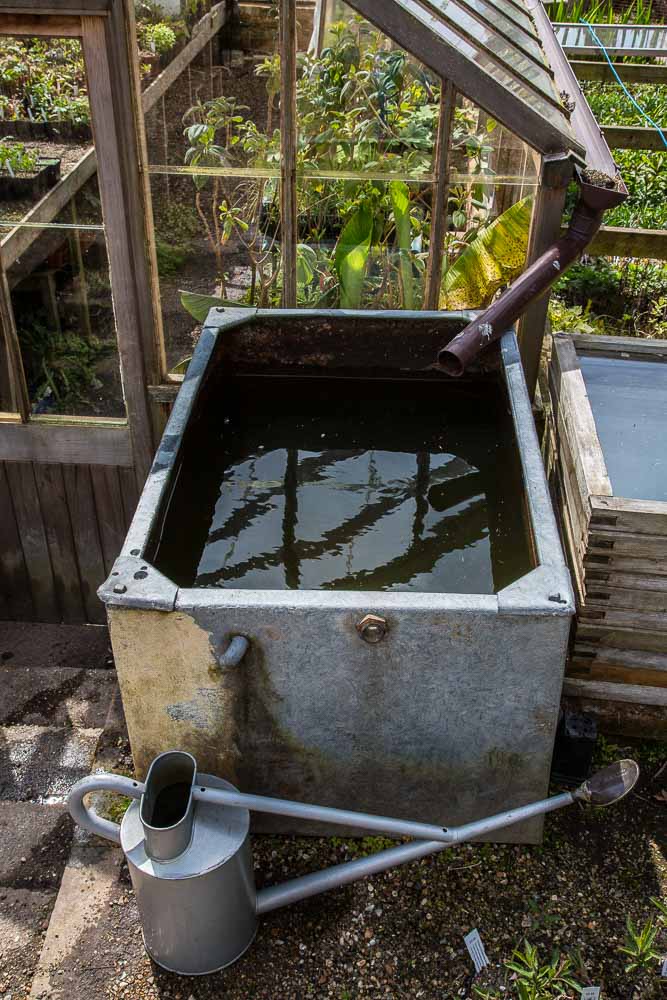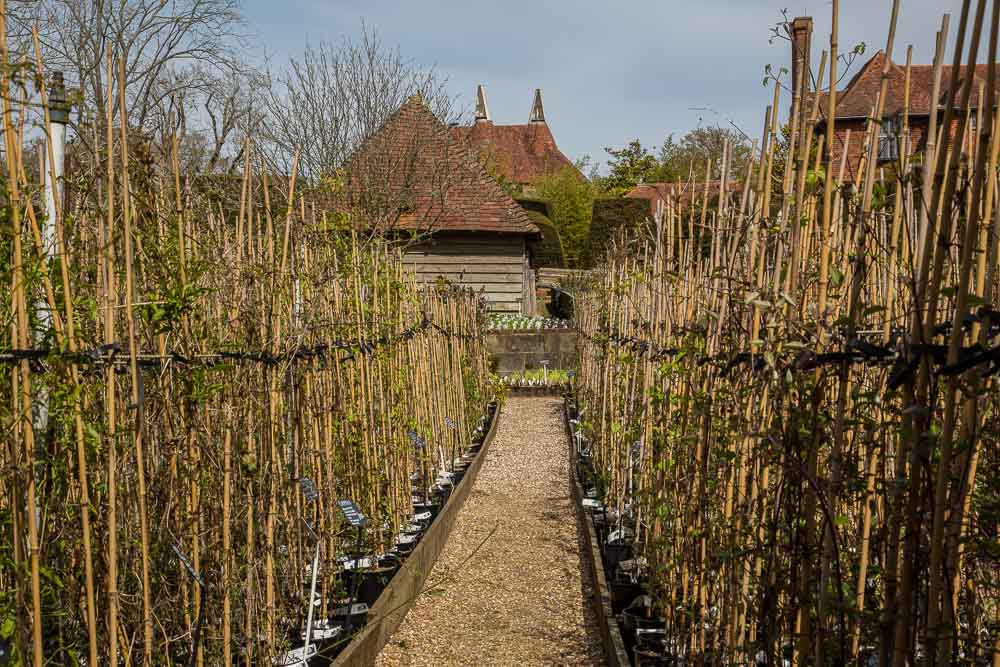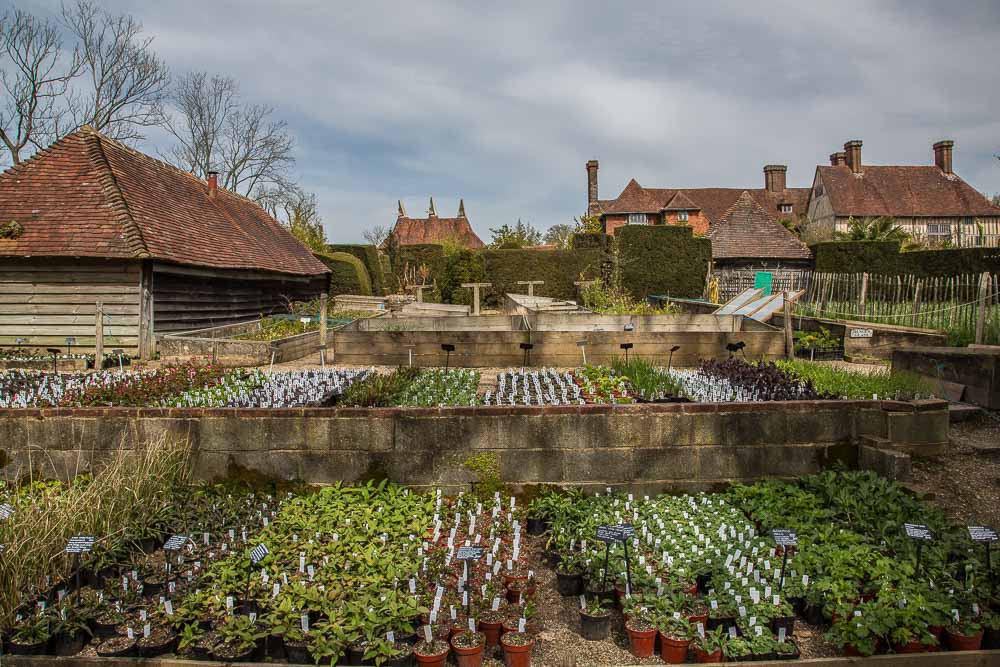A look around the garden at Great Dixter, Sussex
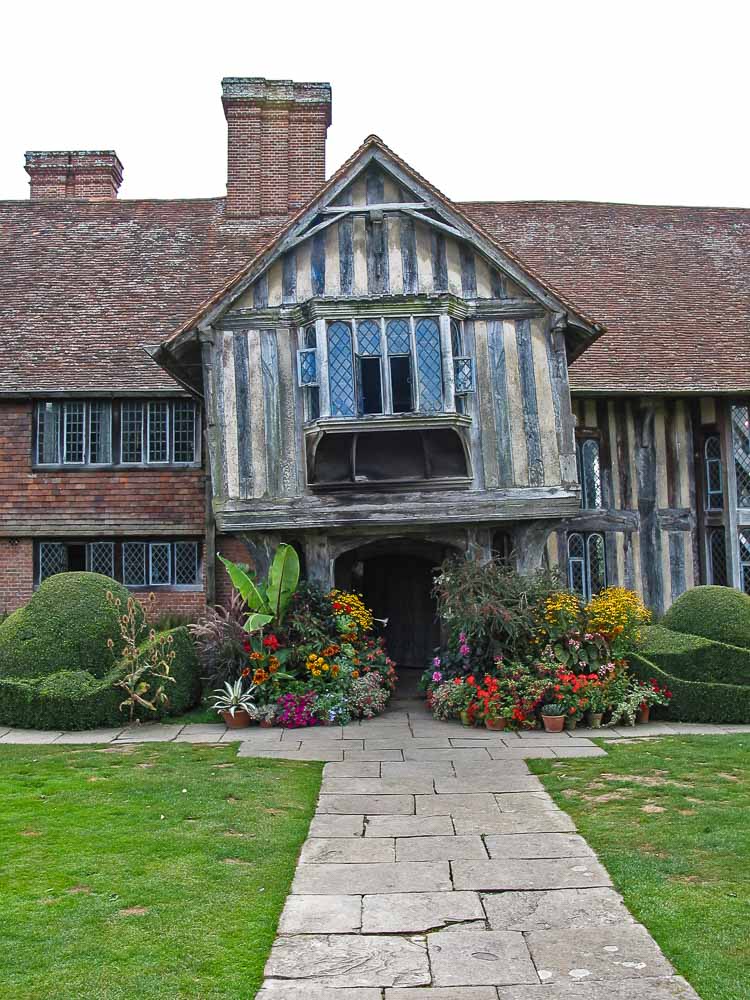
Great Dixter is a house and garden in Northiam, Sussex which was the home of Christopher Lloyd OBE, a celebrated garden designer and author. The garden is famous for its use of colour in its planting, often with, what appear to me, to be clashing colours. The room above the porch (the wonky one with the open windows) was Christopher’s bedroom from where he could look out over the garden on three sides. Much more about the house and gardens can be found on Great Dixter’s own website here.
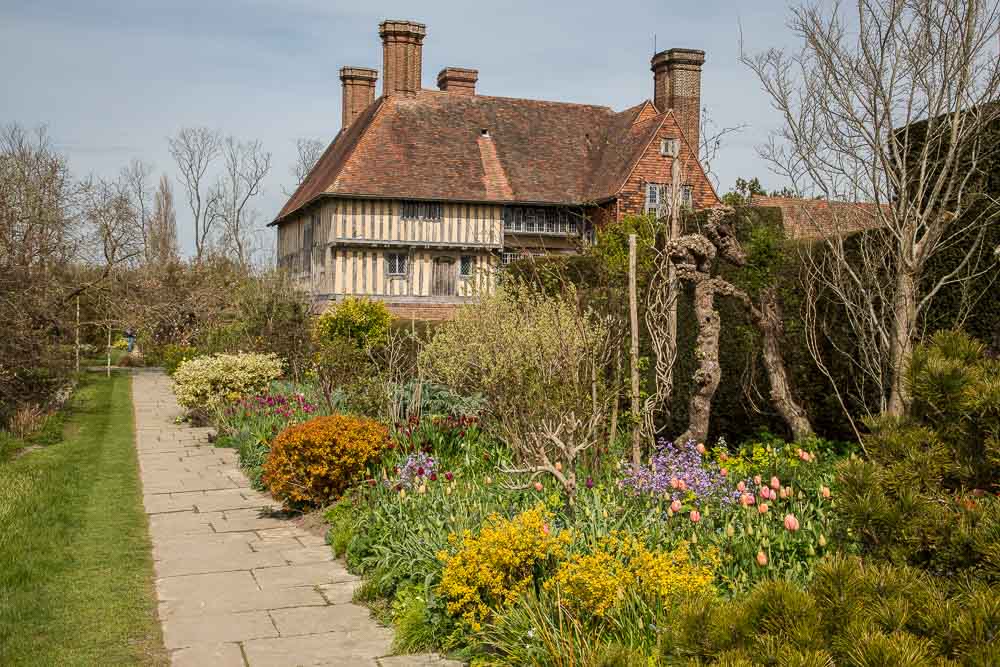
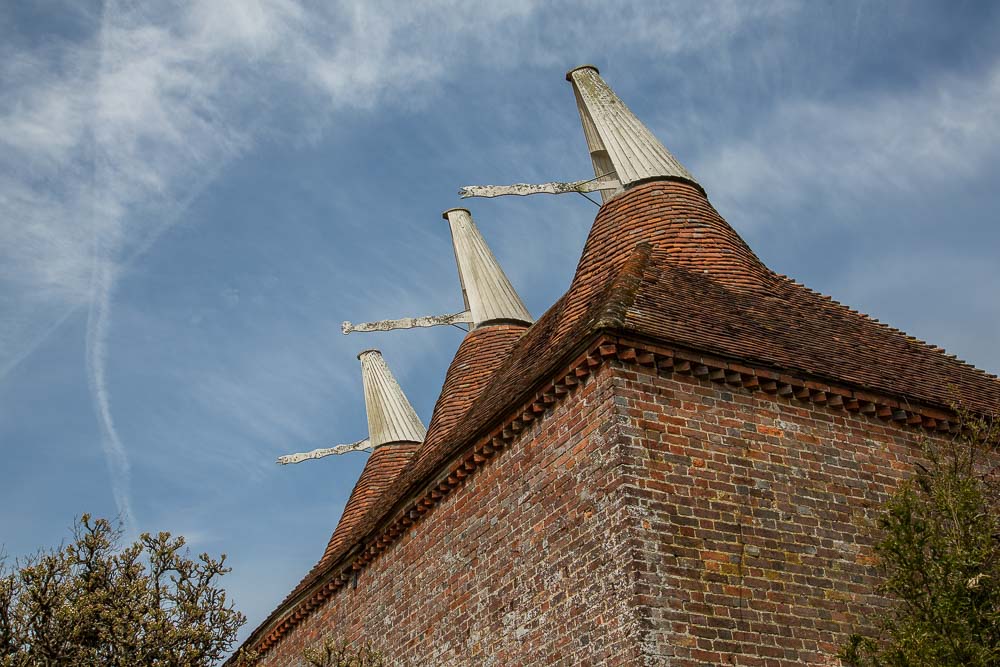
The house has the appearance of a medieval manor house but is not quite what it seems. Christopher Lloyd’s father, Nathanial bought the original mid 15th century house in 1909 and had it combined with another of his properties, a 16th Century house, which was moved to the site from Benenden in neighbouring Kent. The amalgamation and extension of the property was designed by architect Edwin Lutyens. Nathanial and Lutyens began the garden but it was Christopher who was born at the house in 1921 who made it famous and what it is today.
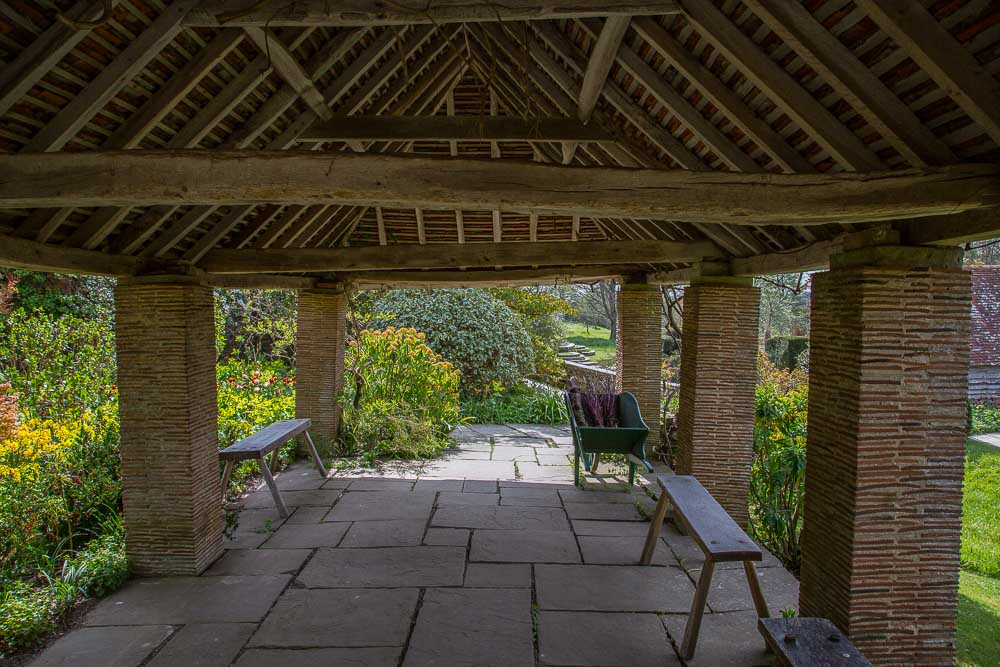
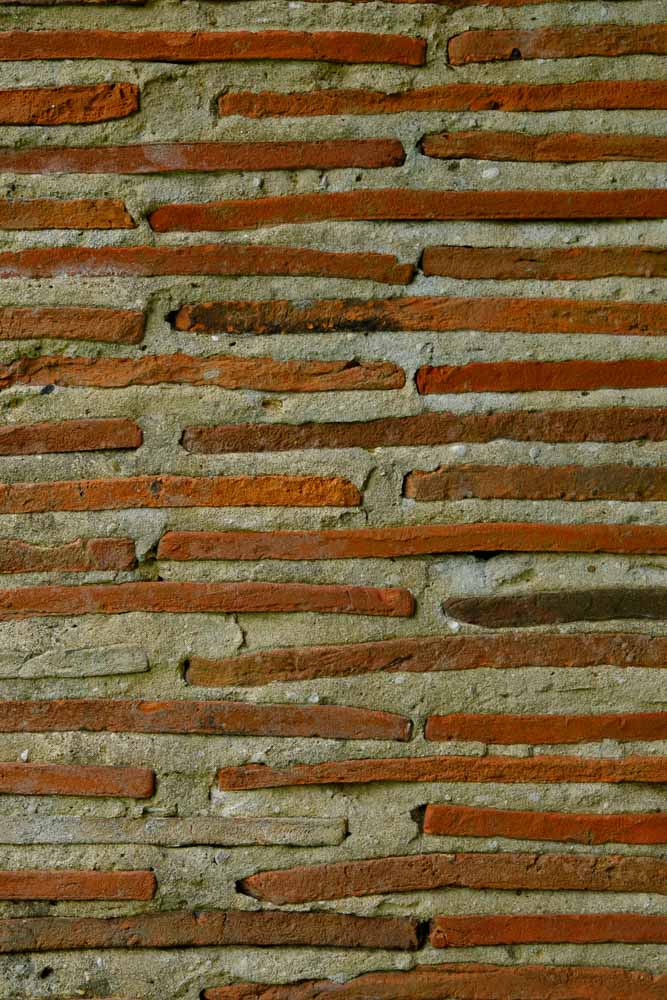
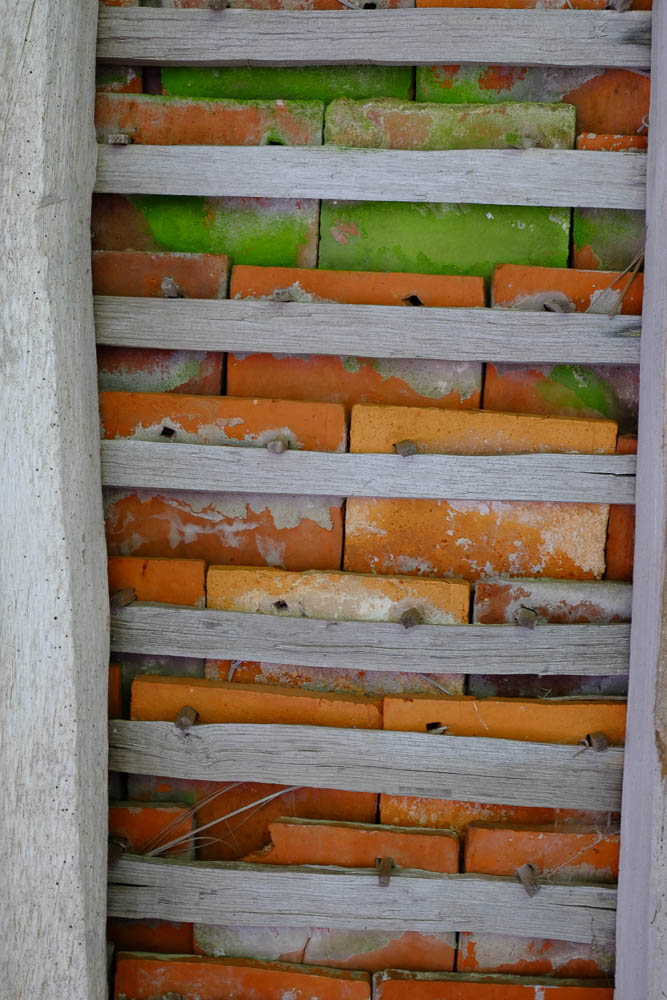
I like to visit Dixter because its not just another garden; it is also a fascinating collection of outbuildings with exposed timber frames and interesting use of materials such as what appear to be roof tiles used in the pillars for the barn. The image on the right above is the roof tiles in situ, held in place on the laths by small oak pegs. Roof tiles have been used in the building structures and in the paths at various locations.
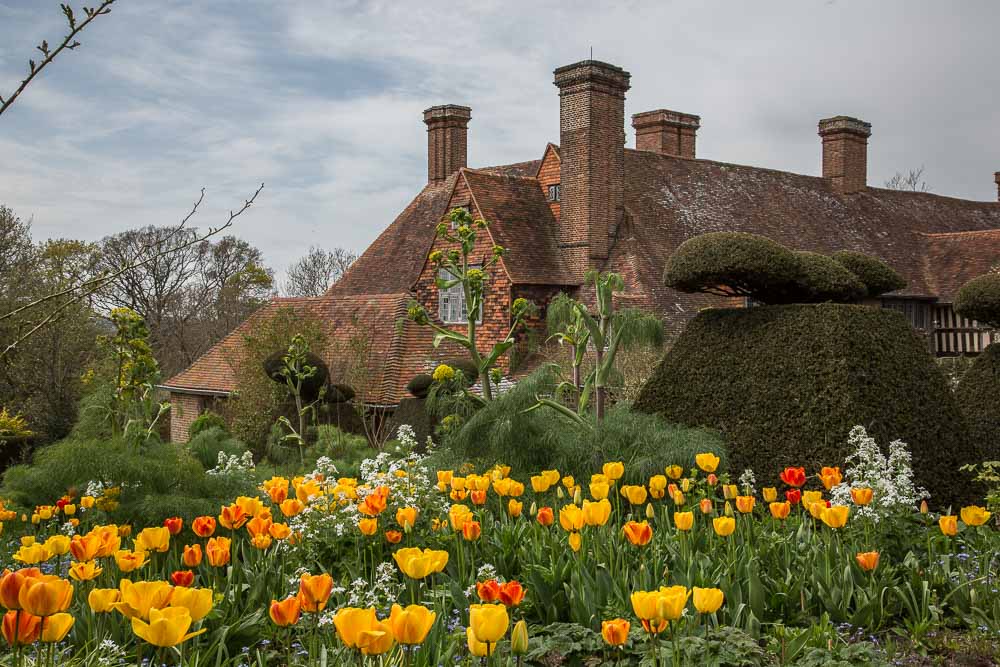
I said that the garden is known for its bonkers colours and here in April drifts of tulips prove the rule. This image may look oversaturated, but on a bright spring day, the tulips really are that bold; sticking out like beacons amongst the fresh spring green.
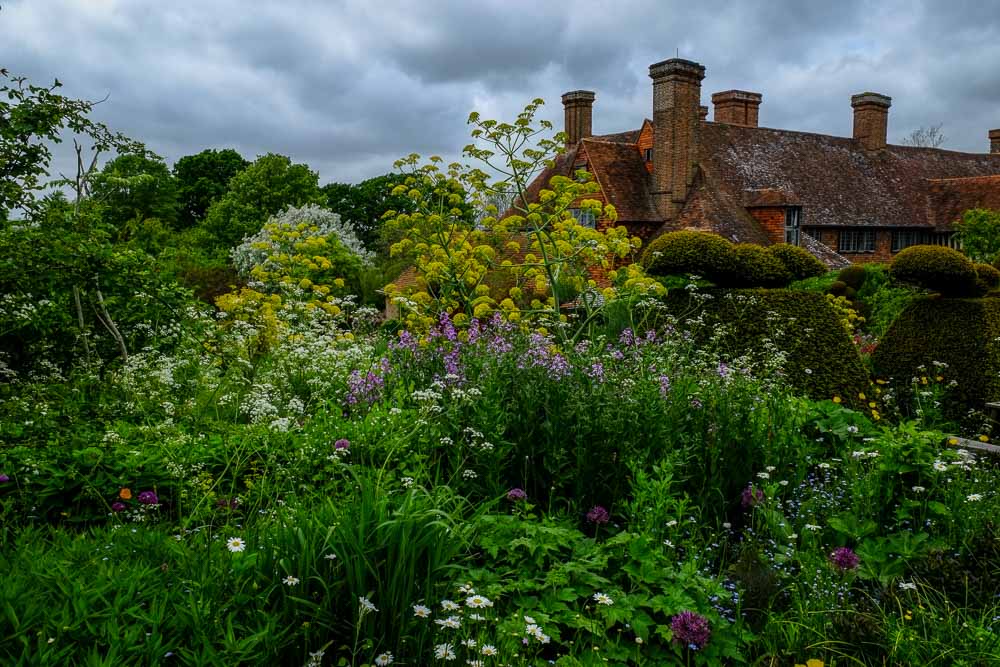
The same view a month later. The tulips have gone and the tall fennel Ferula tingitana “Cedric Morris” is in full flower.
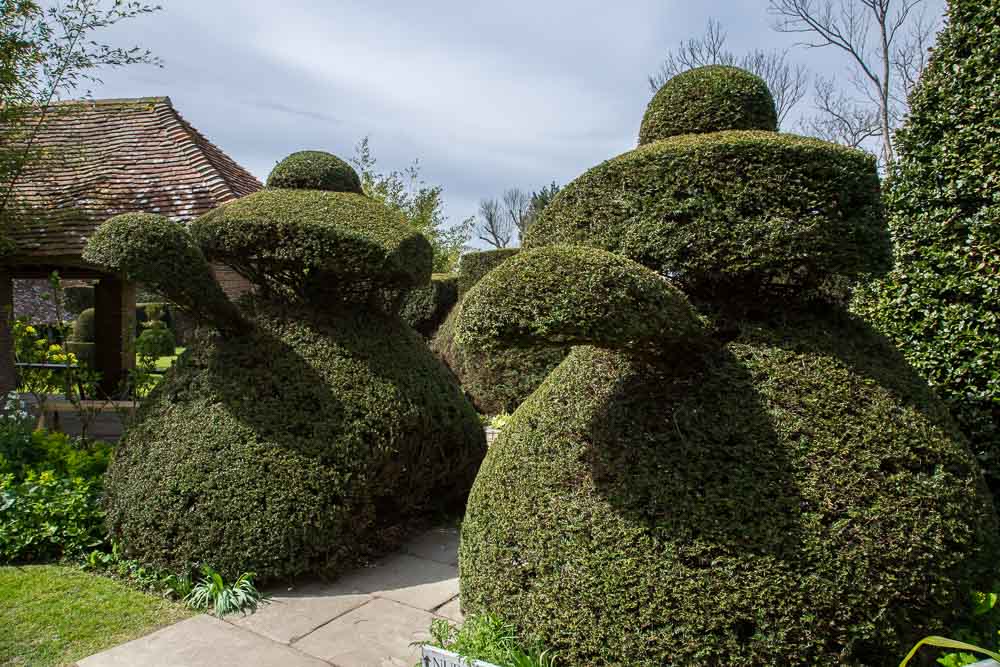
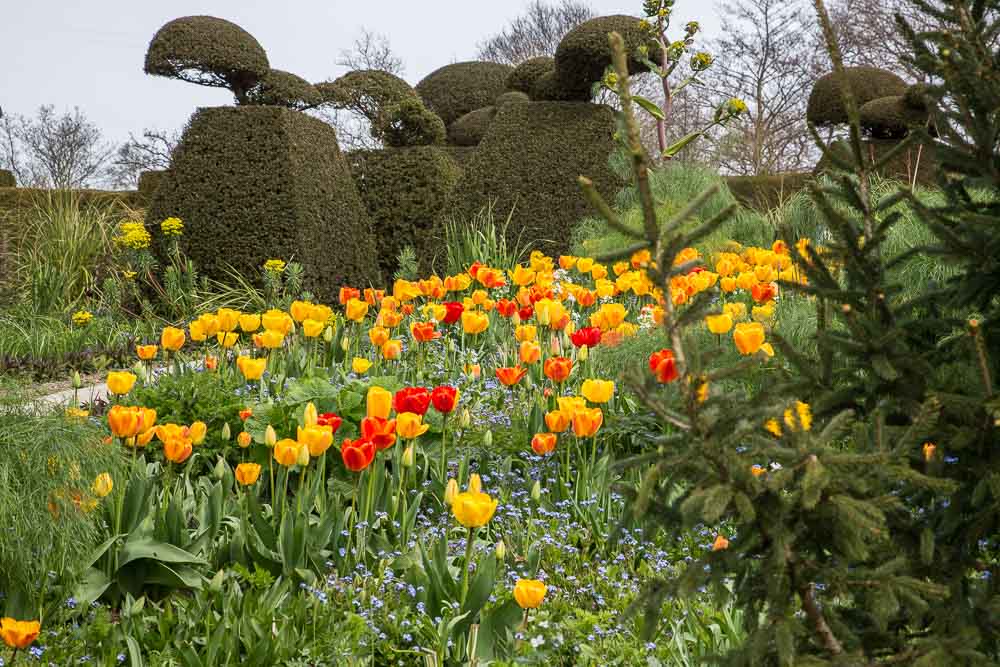
In parts the garden is very traditional with topiary yew hedges. These are peacocks, apparently; I have to confess that I thought the top ones above were teapots.
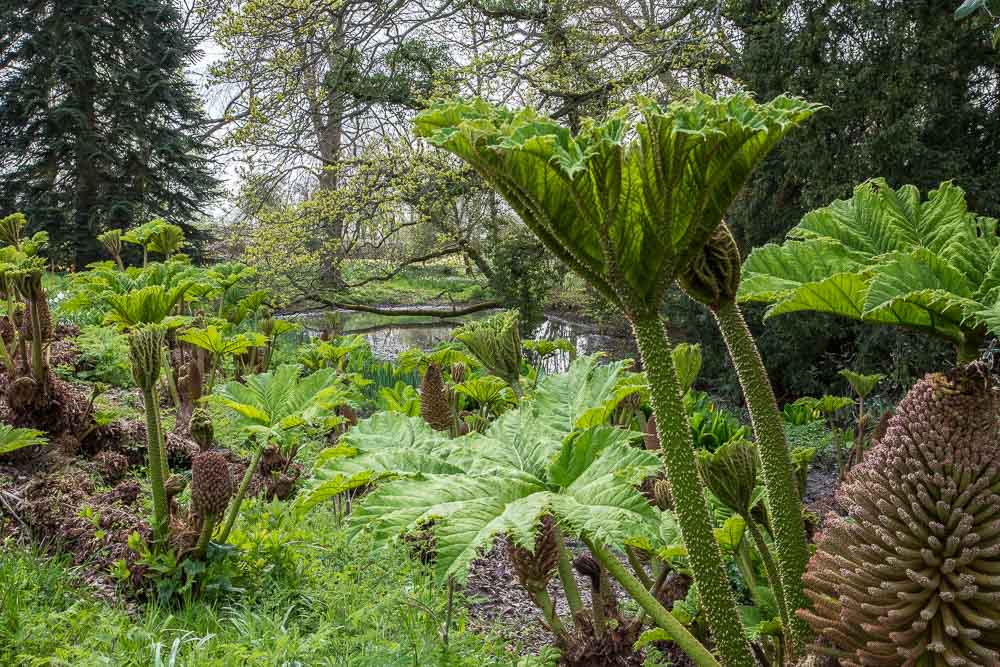
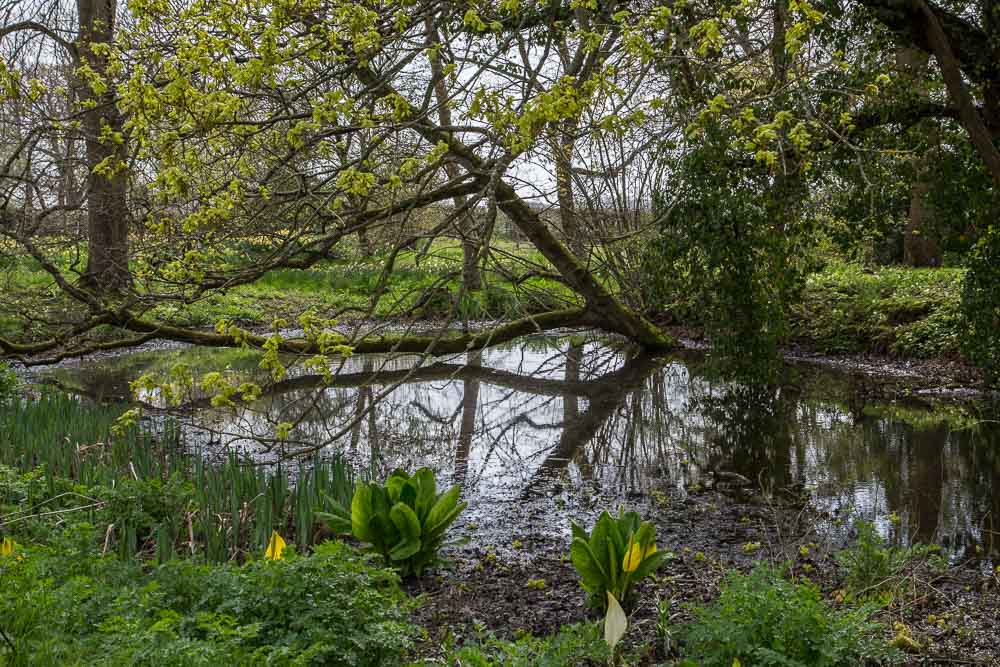
Here the Gunnera manicata is starting to take off in the boggy margins of the lower moat and the yellow flower spikes of the Skunk Cabbage (Lysichiton americanum) just ready to open.
Some of the yew hedge topiary deliberately “echoes the shapes of the buildings in the background” (Christopher Lloyd’s own description).
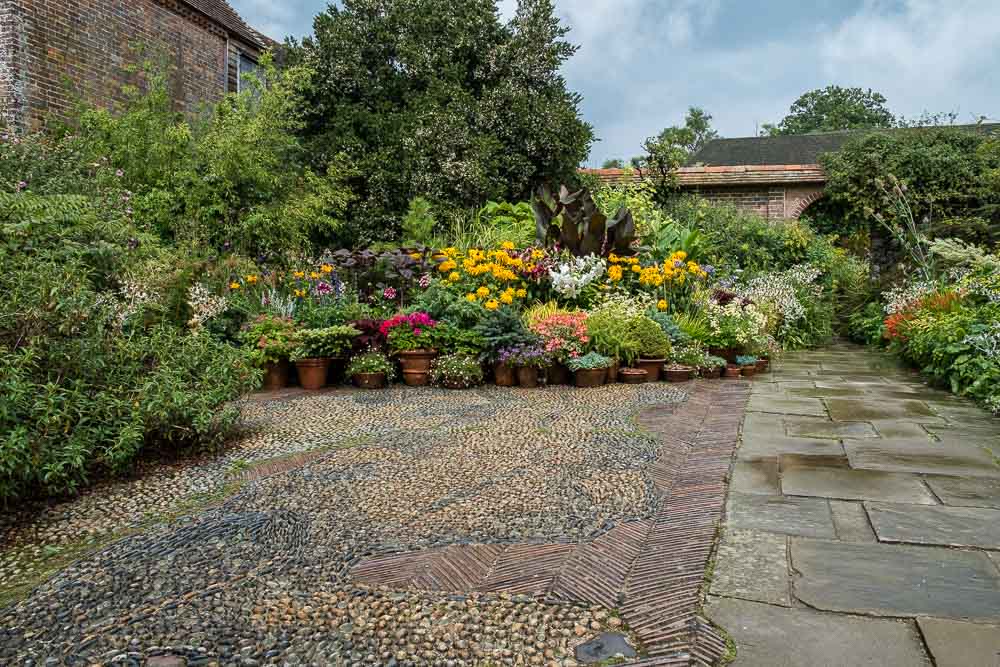
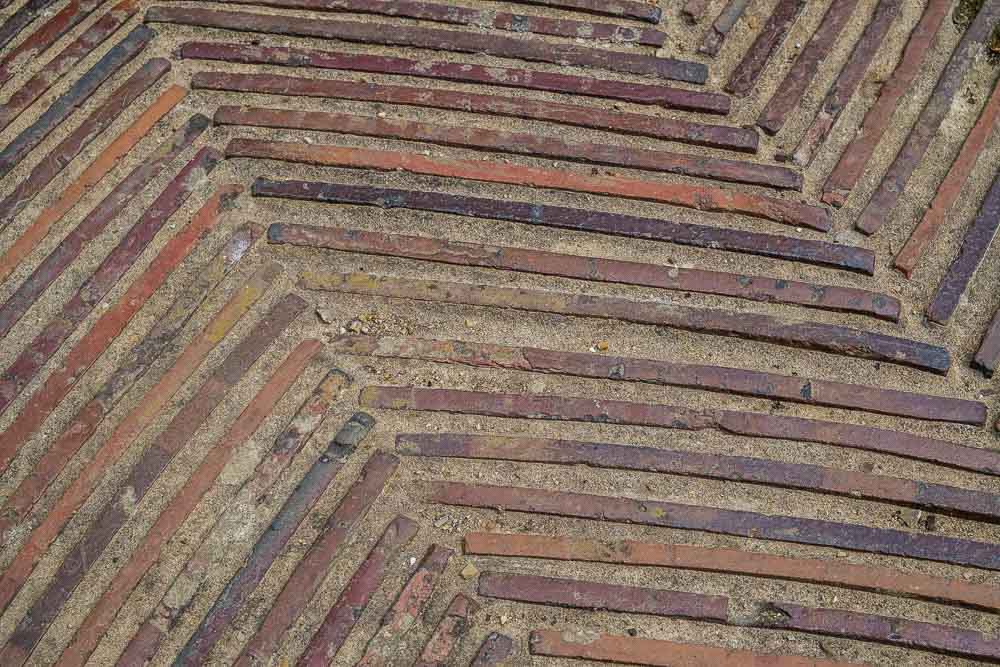
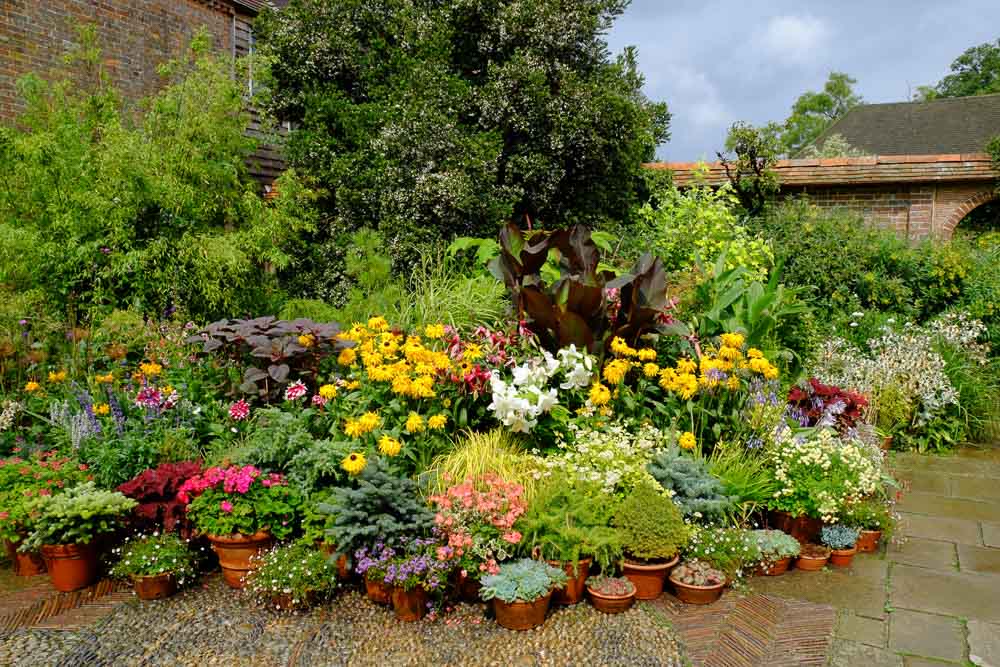
One of the many inspiring aspects of Dixter is the use of pots to fill in spaces at every opportunity. One trick that we have picked up from Dixter is that often only the pots at the front are decorative terracotta, those behind and out of site are black plastic, often standing on bricks to give them more height. And there are those roof tiles again.
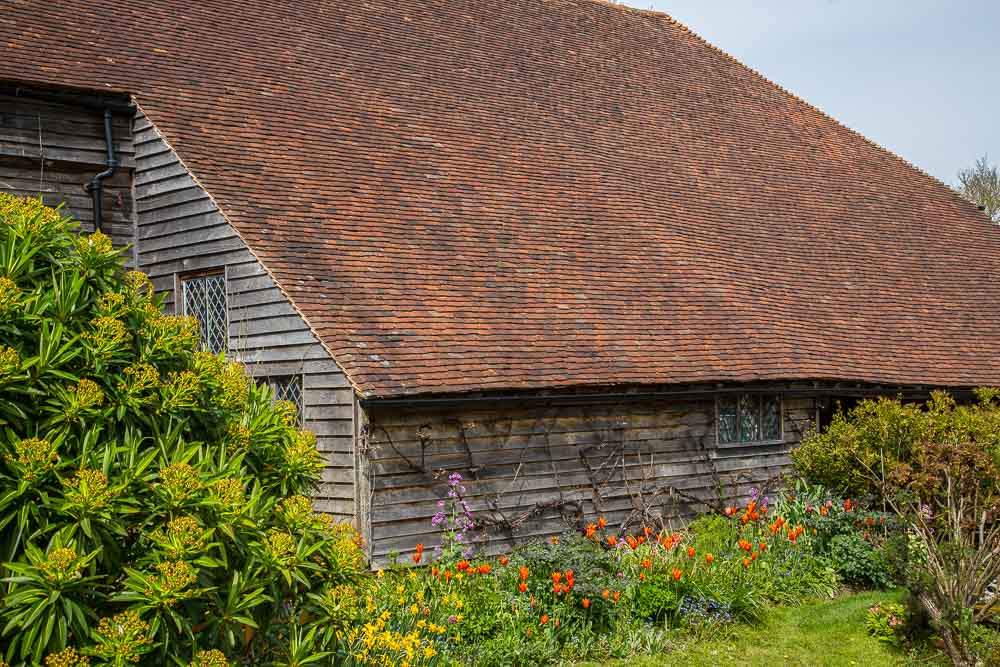
Talking of roof tiles, at some point Dixter must have had a glut of them because they are everywhere in the structures of the garden and the buildings as well as on the extensive roofs. The roofs are certainly extensive as this one over The Great Barn exemplifies. Now there’s a project; how many tiles are there at Great Dixter?
Birds nesting in inconvenient places but happily accommodated by the Dixter Garden staff. The pot store looks like an old pig sty; looks like those pots need a bit of a sort to me.
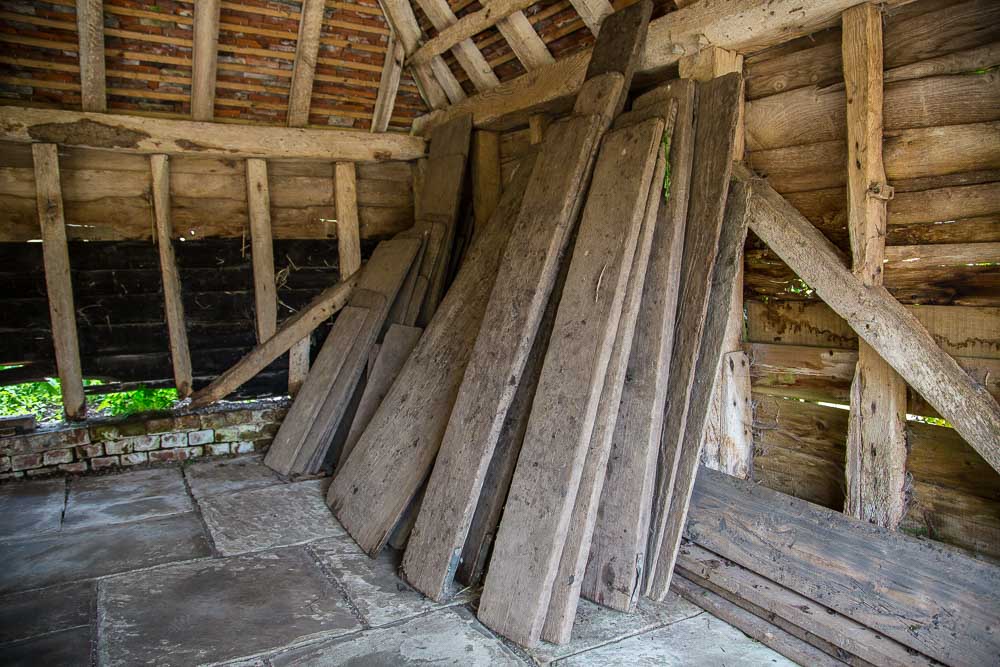
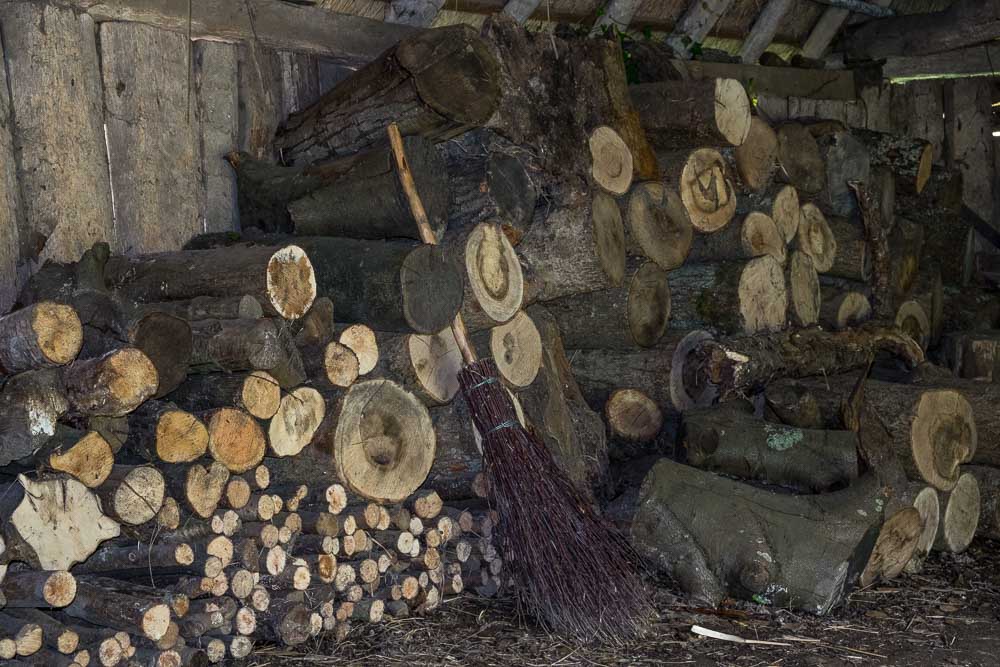
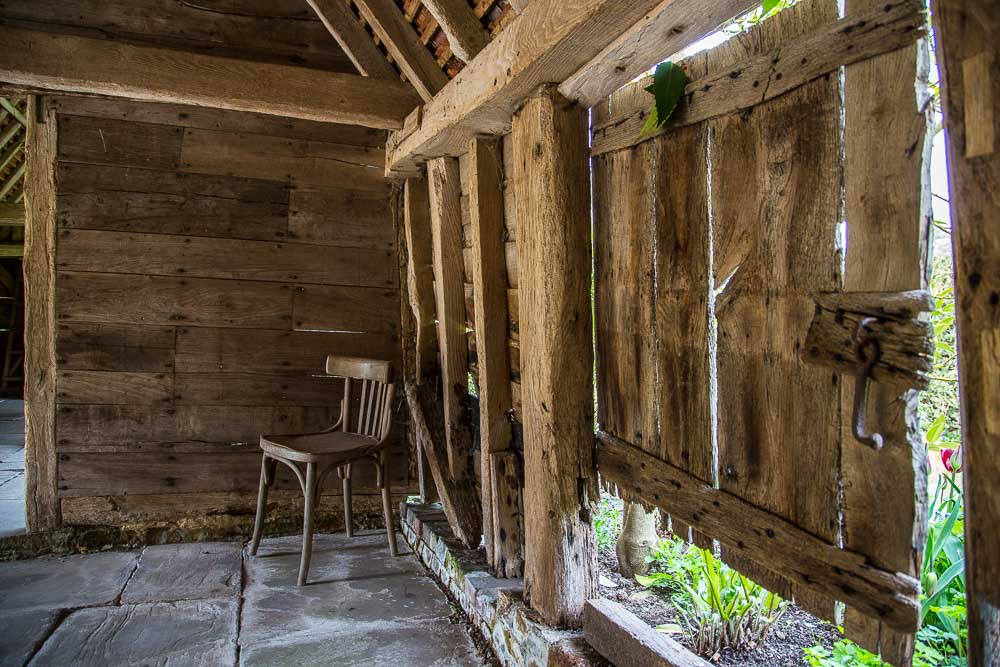
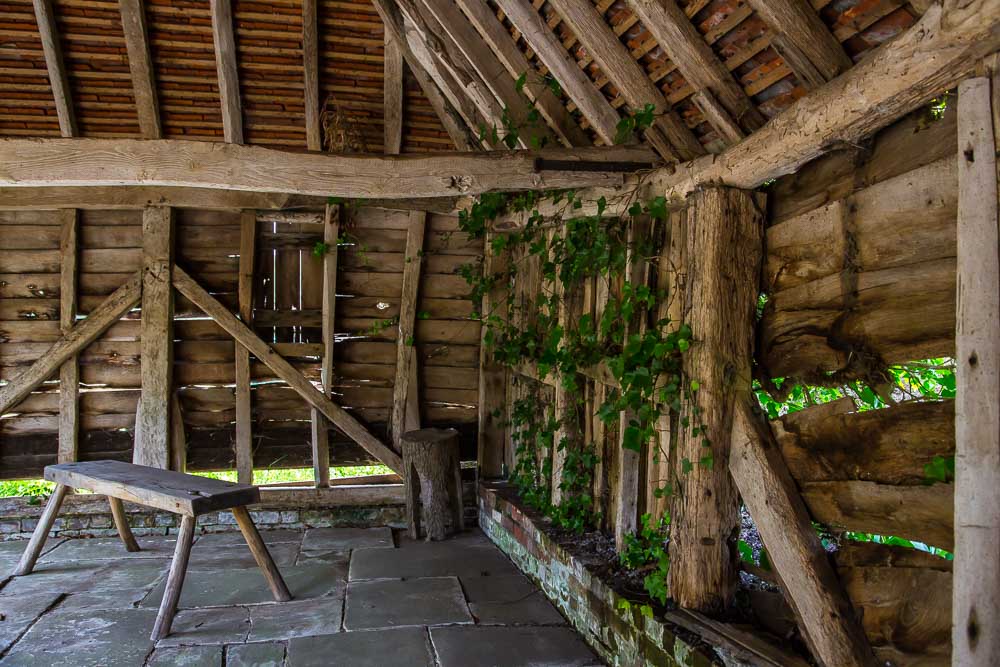
Sneaking around the barns reveals another world. The boards used when working on the borders to avoid compacting the soil and a wonderful log pile with traditional broom. It was very dark in the log store, please forgive the noise. There are also a number of chairs and stools around, some of which are made on site using traditional methods, materials and tools.
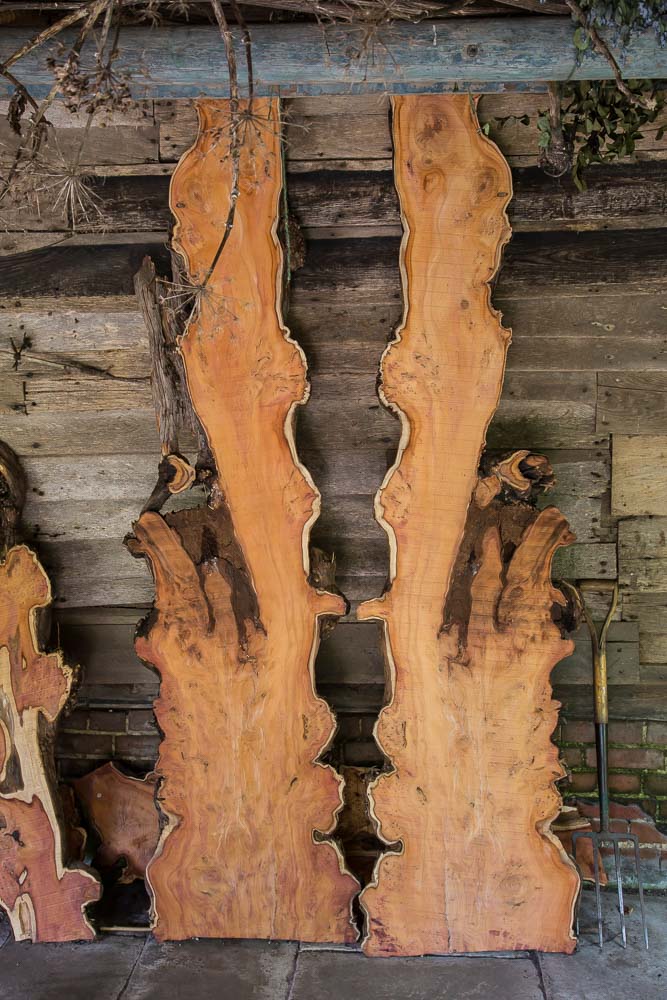
The beauty of wood. I assume this is destined for one of those traditional benches or stools.
There are 19 different “gardens”, or garden areas, or “rooms” at Great Dixter garden. I have barely scratched the surface here and seem to have concentrated more on the hard structures because that’s what I find most photogenic. Here we see the extensive meadow in what was once an orchard. There are a number of different native Orchids, one of which can be seen above growing in profusion. I think that this one is Early Purple Orchid (Orchis mascula) which grows on chalk grassland.
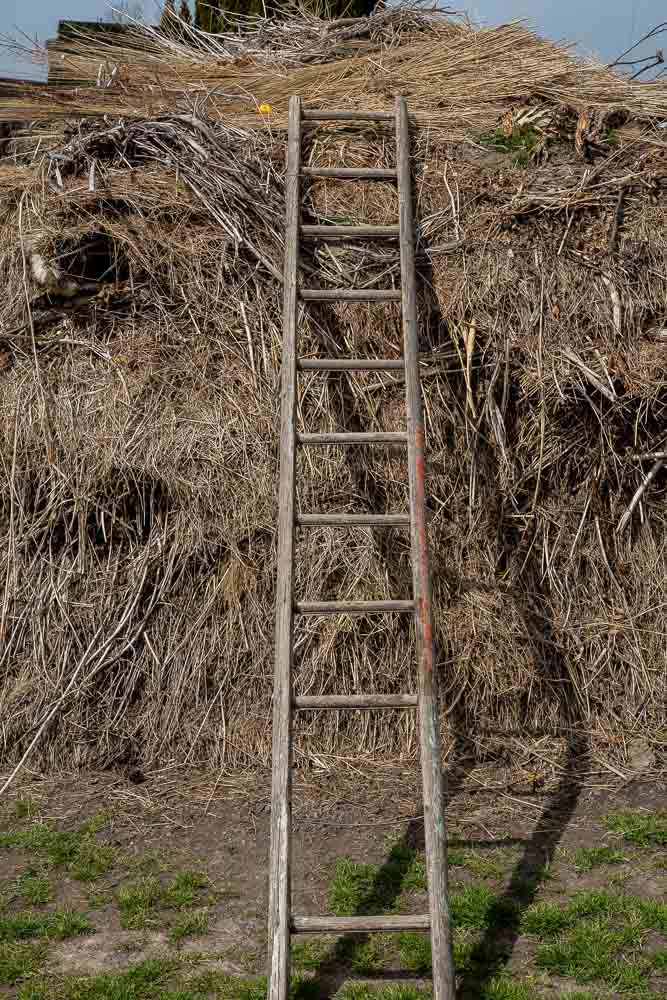
Now that’s what I call a compost heap. There are two of these in the vegetable garden and a number of others around the site. Given the size, I wonder if they ever use any home made compost or prefer to import compost from an external source.
Inevitably there is a nursery, shop and small outdoor cafe area. These are all well worth a visit. All the plants in the nursery are cultivated from the garden stock and small potted versions of most things that you see in the garden are available to purchase. I am always fascinated to see how busy the staff are pottering around the nursery; potting on, taking cuttings, replacing stock or watering.
